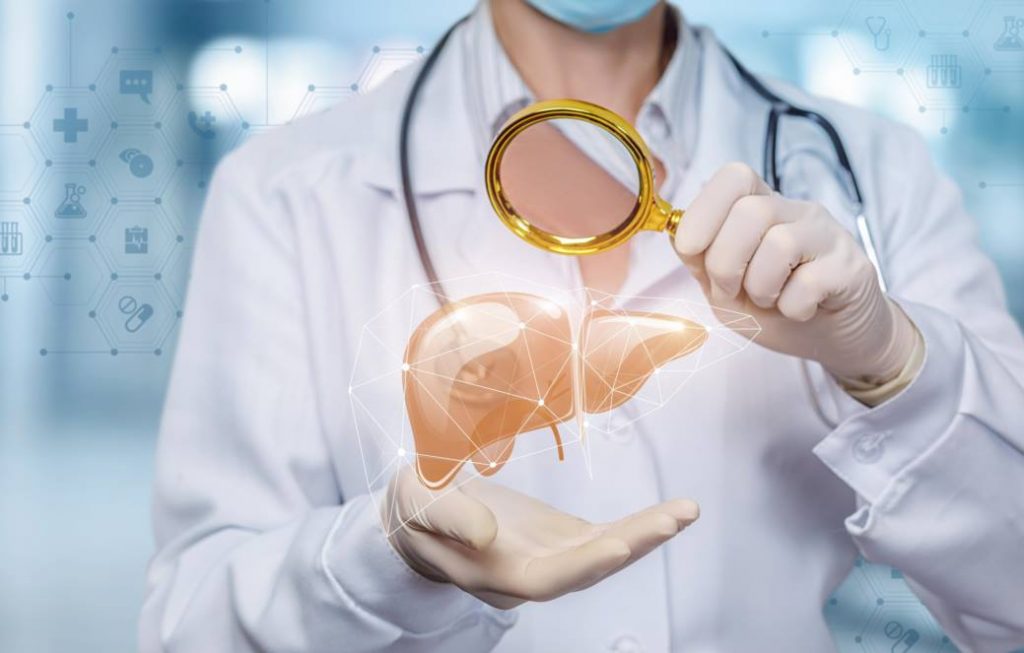
The liver is a vital organ located on the right side of your abdomen, just below the rib cage. This football-sized organ’s primary functions include helping with digestion and eliminating toxic substances from your body. Liver disease can be inherited or caused by external factors like alcohol abuse, obesity, or viral infections. In case of continuous damage, your liver can develop scarring known as cirrhosis, which can eventually lead to life-threatening liver failure.
Various substances can harm your liver health. Although liver tissue has the ability to regenerate, prolonged damage can result in the growth of scar tissue that will eventually replace healthy liver tissue, preventing the liver from carrying out its vital functions. One of the most common causes of liver damage is alcohol consumption. When the cause of liver damage is alcohol abuse, experts refer to it as alcohol-related liver disease.
Educating yourself about the early signs of liver damage is important because they can be easily overlooked. Some less obvious symptoms include nausea, fatigue, weight loss without trying, stomach ache, and swelling in the ankles and legs. Severe liver damage can also cause changes in your skin or eye color. Although these early signs can be linked to other health problems, they usually indicate liver damage.
In general, experts divide liver disease into four stages. Alcohol-related liver disease can rapidly progress to its final stage. These are the four stages of liver failure:
There isn’t an exhaustive list of early liver damage symptoms. Still, you should be familiar with the most common ones and speak to a medical professional if you ever experience them. Here are the 14 warning signs of a damaged liver that you should know:
Liver damage may not always show symptoms until it becomes severe. However, if you are observant and familiar with the early warning signs, you may be able to detect them before your condition worsens.
Detecting the cause and level of liver damage is vital for obtaining quality treatment. Your doctor will compile a health history and begin a detailed physical examination. These are the primary examinations for determining the health state of your liver:
The liver, which has many important tasks, can come under attack due to virus infections, toxins, contaminants, and illnesses. Despite a present health threat and damage, it is a remarkably resilient organ showing few to no symptoms of something wrong. This is why the awareness of possible early warning signs can be life-saving.